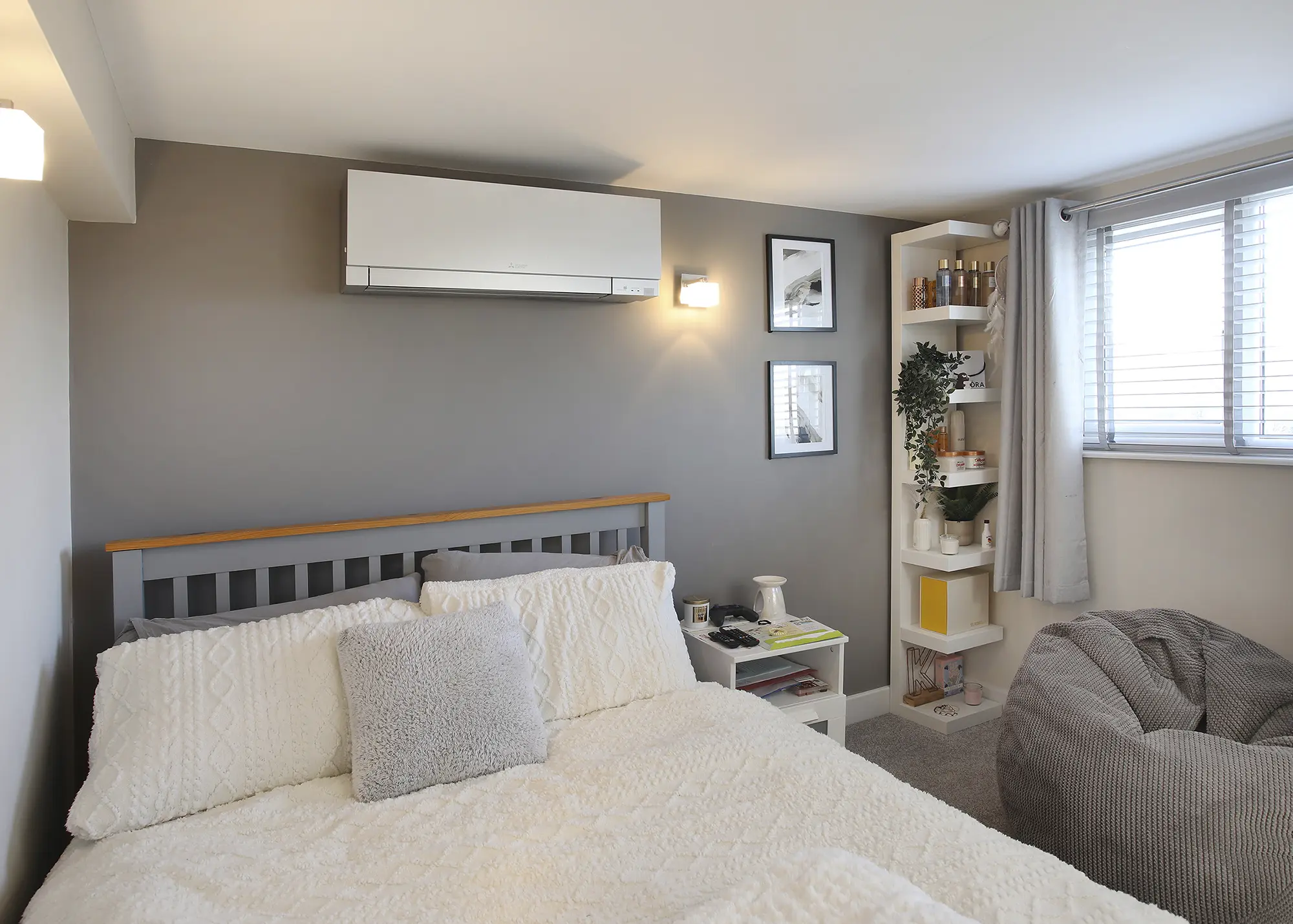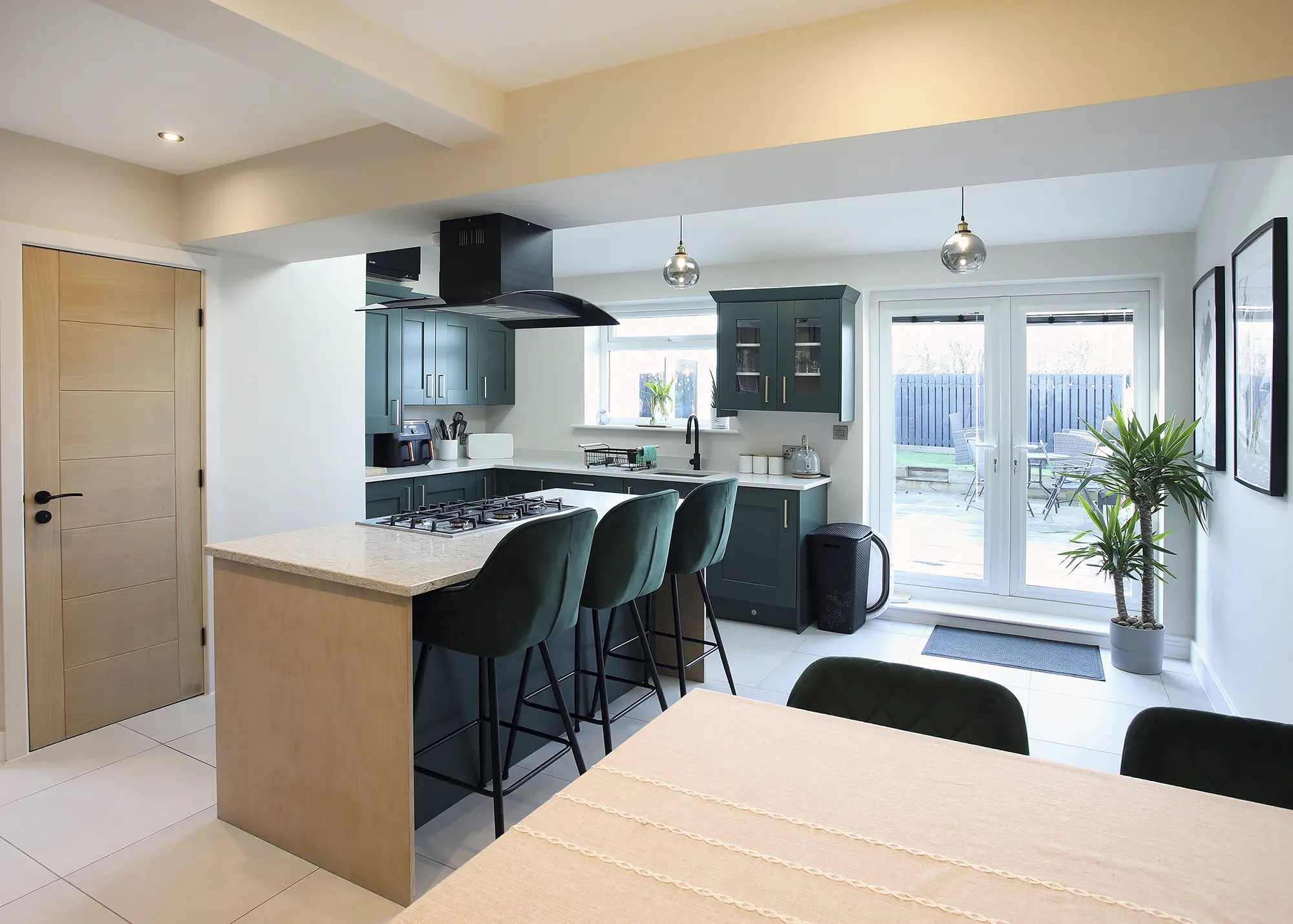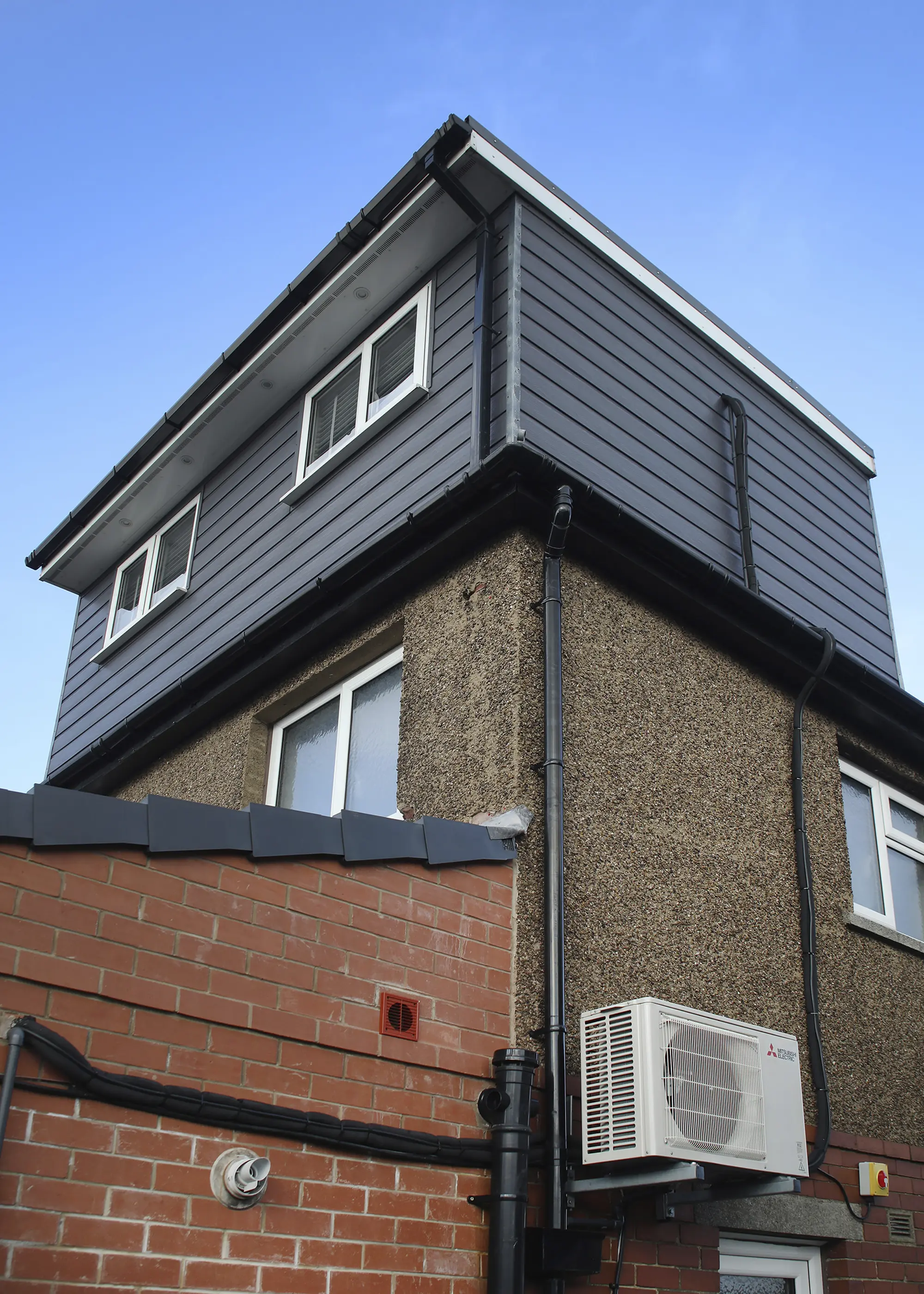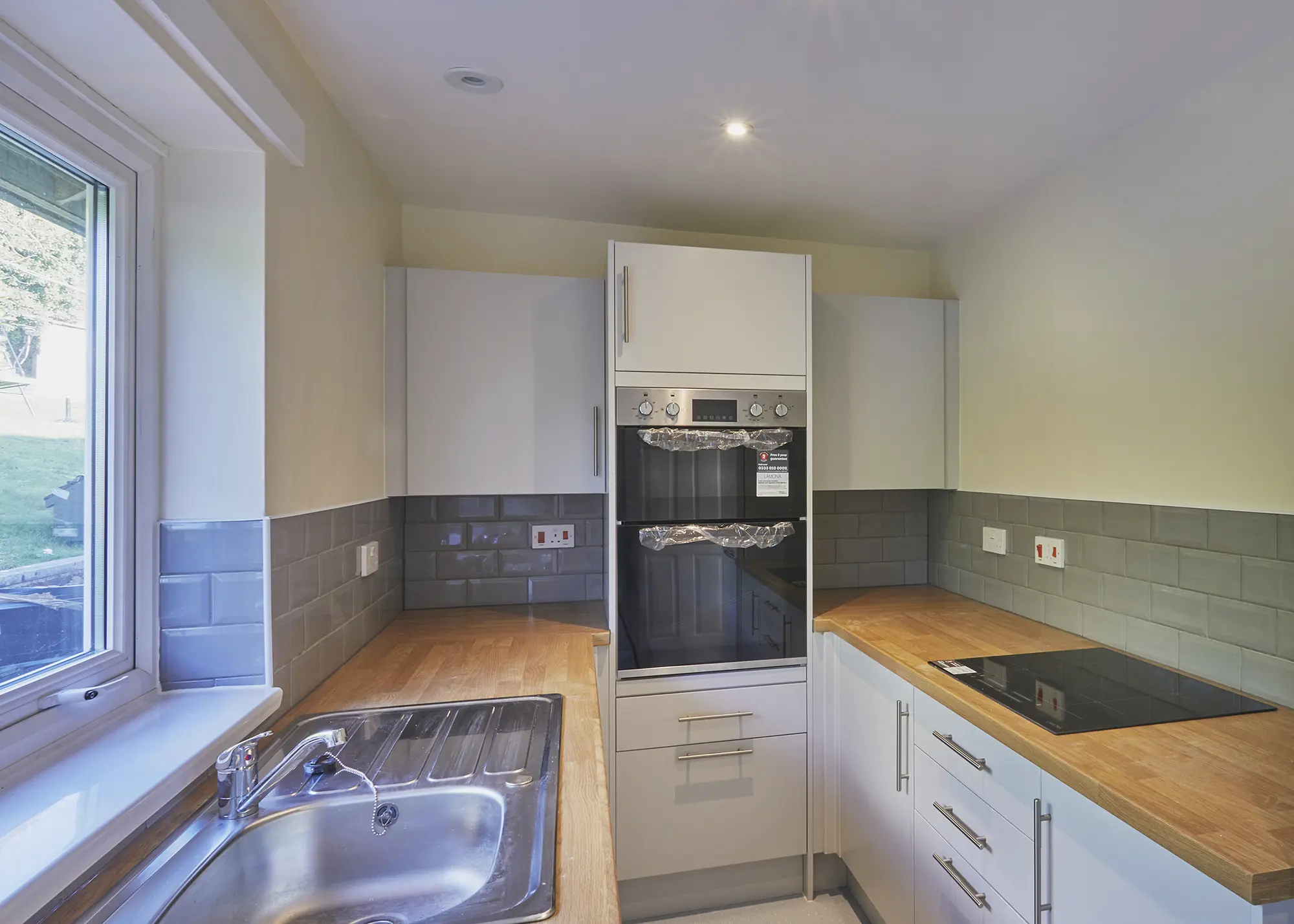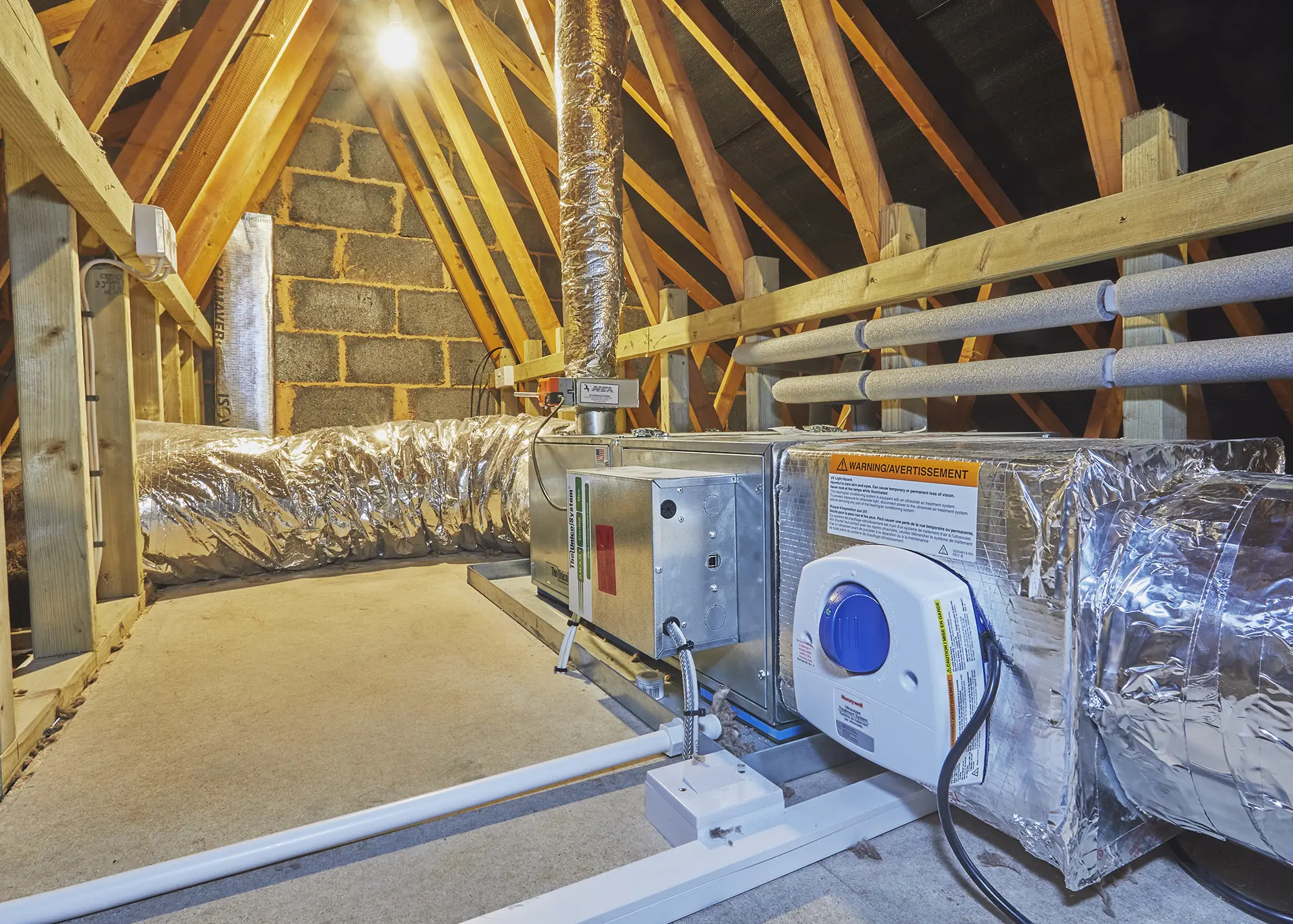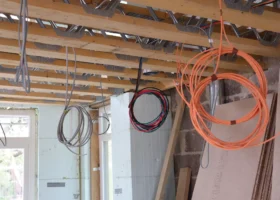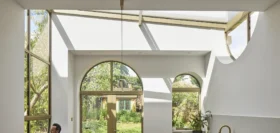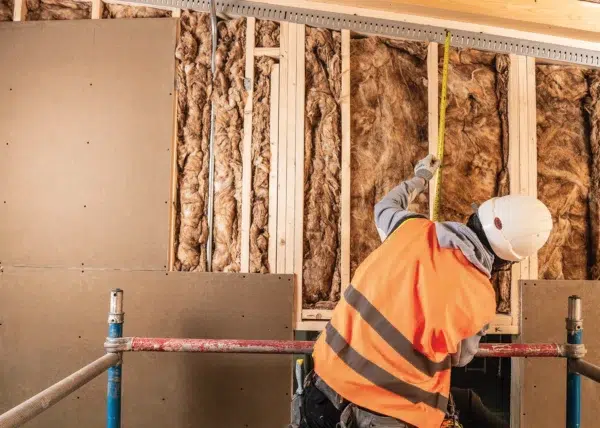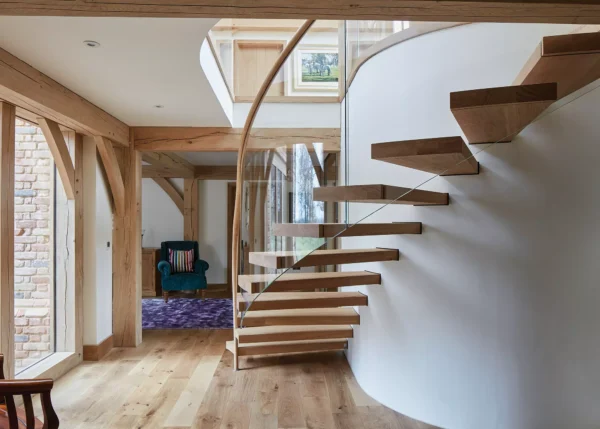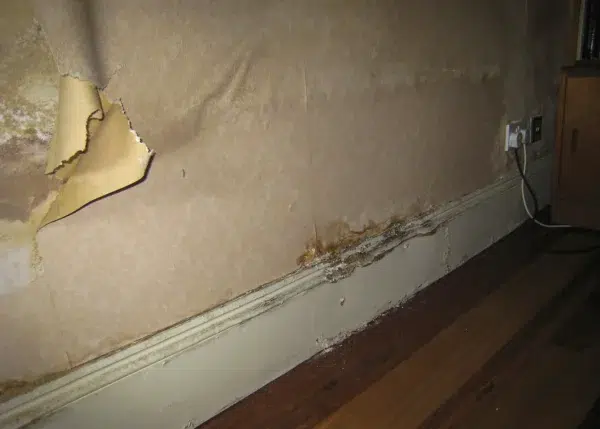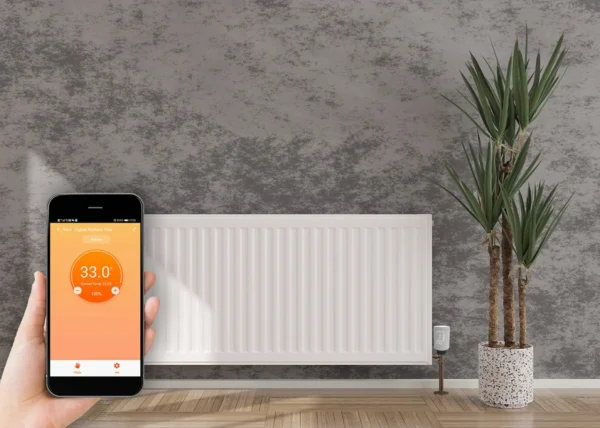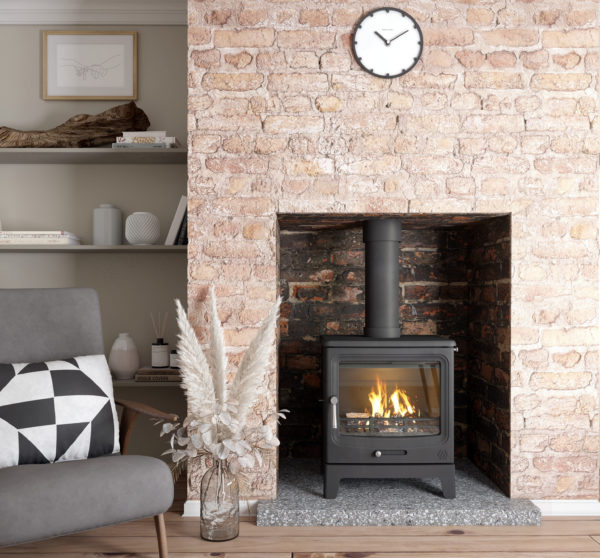Air-to-Air Heat Pumps – How do They Work & Could this Type of Heat Pump Be Right for You?
Heat pumps have rapidly become the go-to technology for anyone looking to upgrade their central heating system, or indeed simply replace an old boiler. There are many different types available, and sometimes the choices can seem very overwhelming. One option that’s less well known in the UK is air-to-air heat pumps – but what are they, and when could they be the right fit?
Here, I’m taking a look at the ins and outs of an air-to-air heat pump, what installation involves and how to decide whether this solution could be best for your project.
How do air-to-air heat pumps differ from other heat pumps?
A heat pump is fundamentally a mechanical device that moves warmth from one place to another, as opposed to combusting a fossil fuel (such as gas) to create warmth. The unit is made up of an evaporator that collects the heat, a compressor to enhance it, and a condenser to deliver it into the main heating system.
In the UK, the most common form of heat pump is the air-to-water type. As the name implies, this moves heat from the ambient air via an outdoor evaporator unit, which then delivers it into the water within a home’s central heating system or domestic hot water cylinder. The evaporator is usually housed in a box about the size of a couple of wheelie bins.
find products & suppliers in Build It’s Directory
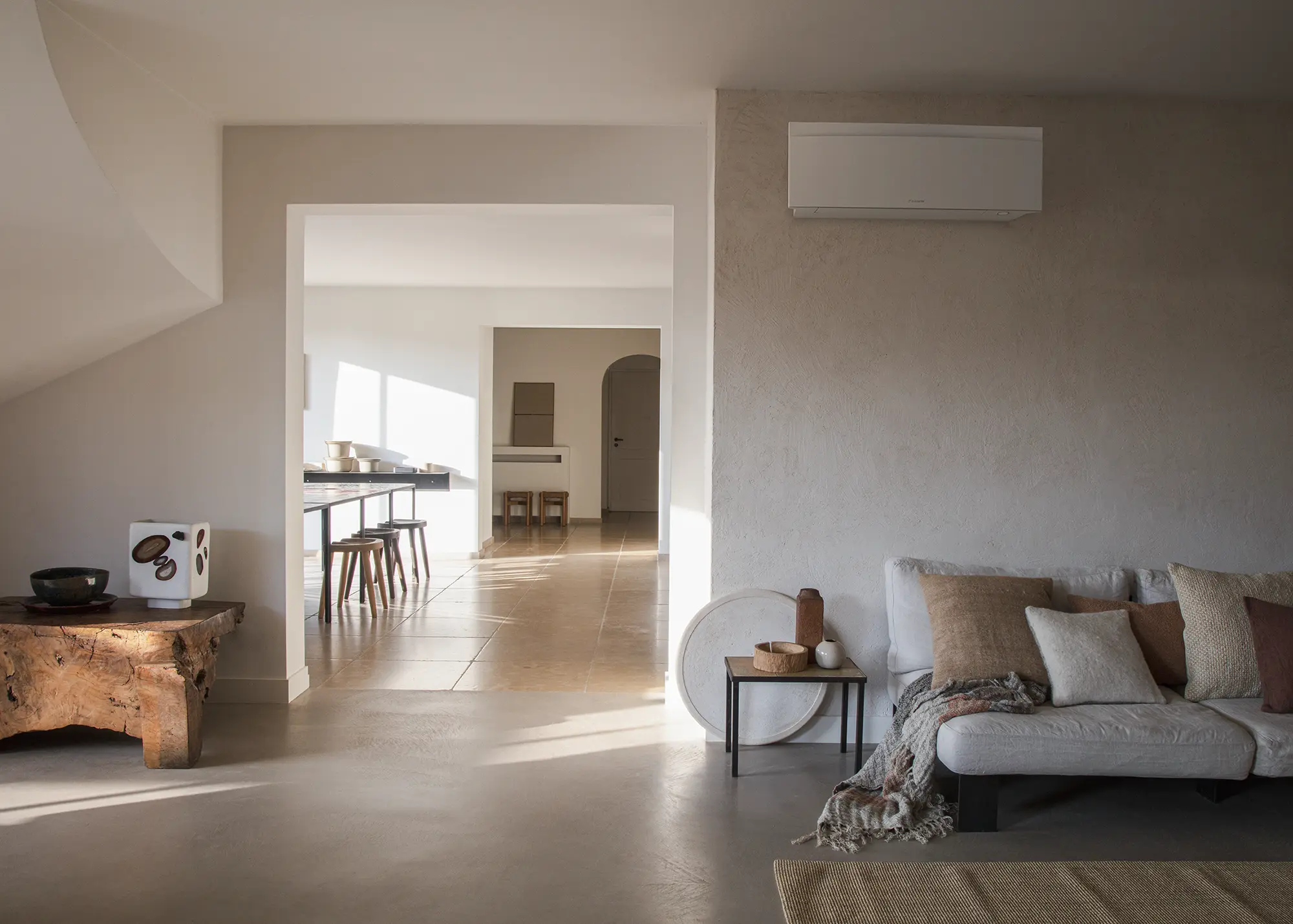
ffering heating capacity up to 5.8kW and cooling to 5.0kW, and A+++ rated for efficiency in both modes, the Daikin Emura air-to- air heat pump features a sleek, contemporary indoor unit
We commonly refer to air-to-water units under the catch-all name of air source heat pumps. These versions currently enjoy the support of a £7,500 grant under the Boiler Upgrade Scheme (BUS), subject to certain eligibility criteria. This has boosted the sales and installation rates of air-to-water heat pumps – but in reality, they’re not the only type of air source heat pump.
Air-to-air heat pumps are also available. This system moves heat from around the outdoor unit, just like an air-to-water appliance, but then transfers into the air supply going into the home. Delivery is via air handling units inside the building, which feature a condenser and fan to distribute the warmth.
“Isn’t that the same as air conditioning?” I hear you ask. Well, yes, it is – but an air-to-air heat pump is enabled to deliver space heating in winter, as well as cooling in summer. The technology is well-established and used a lot in hotter climates; so why isn’t it more popular here?
What does an air-to-air heat pump install involve?
In recent years, we’ve encountered air conditioning in more aspects of our lives. Most of us have it in our cars or at work; stores and shops are now heated and cooled with air conditioning units; and many hotels use these systems as well. So why not fit air con in our homes?
A simple air conditioning or air-to-air heat pump system is fairly simple to install, but you’ll need suitably qualified and experienced trades to do the refrigerant pipework and electrics. The system will have a fan unit on the outside of the building, which is around the same size as an air-to-water version. It’s then connected to indoor units that can either be hidden in the ceiling, boxed-in around fitted furniture, or simply bolted onto the wall in the form of a bulkhead unit.
The outdoor and indoor devices are connected via two small pipes and a communication wire. Including insulation, the pipes are only about an inch thick, so with careful planning, they can be installed very discreetly. There’s also a condensate pipe to take away any moisture that’s created when the unit is cooling. This has a small pump built in, so the drain can be routed uphill if needed.
CASE STUDY House extension with multi-functional air conditioningThe owners of this house in Huddersfield added a kitchen-diner extension and new loft room. They weren’t keen to hog wall space with radiators, so fitted air con to provide heating and cooling. They chose Mitsubishi Electric’s M Series MXZ multi-split outdoor unit, linked to two stylish wall-mounted Zen internal units. The system was fitted in a just one day.
|
What are the advantages of of air-to-air heat pumps?
Air heats up much faster than water, so this method of climate control can be seen as a more responsive heating system. It also needs only around a quarter of the energy water does to reach the same temperature. An air-to-air heat pump might therefore seem like a no-brainer to keep your house warm and cosy.
Are there any downsides of an air-to-air heat pump?
There are a few details you need to consider before looking to install an air-to-air heat pump. Firstly, a home’s heat loss is the same no matter how you choose to maintain comfort levels. The air or water are simply the medium used to keep rooms warm.
Air conditioning delivers heat by drawing air from the room into the indoor unit, then warming it as it passes through the exchanger, before delivering the heated air back into the room. Air is the delivery mechanism, but not the distributor: in reality, the heat is distributed via refrigerant in liquid/gas form, then passed into the air.
As air passes through the indoor unit to heat up or cool down, it also gets drier, which dehumidifies it. Dehumidifying can be a good thing in a busy home, but too much of it can be detrimental and even lead to health issues. Humidity should therefore be monitored to ensure the right levels are maintained, especially when the unit is in cooling mode in summer.
| The Unico System is an all-in-one heating, cooling and ventilation solution. The main air handling unit is usually located in the loft, with flexible supply tubes running off the central duct to discreet outlets (no bigger than a ceiling spotlight) in individual rooms.
|
Noise is another potential issue. The fan and condensate pump could cause slight disturbance, as could the flow of air itself, which is quite fast. An air-to-air system also can’t supply domestic hot water, so you’ll need another solution to deliver that.
By contrast, water-based central heating systems have more density – which means they can move warmth in greater volume. The water absorbs heat and delivers it to the room via radiators or underfloor heating. These emitters cost money, take up space and will require maintenance. They are quiet, however, plus they can potentially transfer the heat into the room even at low temperatures, allowing for different heat sources to be connected to them – from gas boilers to biomass, heat pumps and more – making them more versatile.
What is a central air-to-air heat pump system?
While the most common type of air conditioning system (multi-split) has units in each room, there is an alternative. The main air handler could be a central unit in a loft or ceiling void, or perhaps built into a cupboard, with ducting running from there to each room.
The ducts are typically at least 100mm in diameter and will often have insulation around them as well, so they are significantly easier to accommodate in a new build. A central system can help alleviate noise in the room, but the heating or cooling will usually be delivered to all the spaces simultaneously, making it difficult to regulate temperatures unless mechanical dampers are fitted and wired back to room thermostats.
Note that some systems address these areas. The Unico System, for instance, features a large-diameter main plenum duct, but then switches to 89mm supply tubes to serve individual rooms – which makes it easier to retrofit than some alternatives. It can also be set up as a zoned system to provide greater control over your indoor environment.
So, is an air-to-air heat pump the right fit for your project?
Both air-to-air and air-to-water heat pumps deliver comfort heating. The former is also designed to deliver summer cooling, while the latter can supply a hot water cylinder. An air-to-water heat pump can actually deliver cooling, too, but this wouldn’t be eligible for the BUS funding – plus it’s not as effective as air conditioning.

The Climate 3000i by Worcester Bosch is a split air conditioning unit that has capabilities for both heating and cooling. It boasts an energy efficiency rating of A++ for cooling and A+ for heating, plus it is easy to use and can be operated via your smartphone
There’s also an extra heat exchange process with an air-to-water heat pump to transfer the warmth into the central heating system. This can make it slightly less efficient, but the air quality is not affected and there’s no local noise in the room from air movement or fan motors.
Ultimately, while they use the same principle, they are very different – and you’re not likely to be seriously comparing the two for your own project. Instead, you should list what your priorities are. Most of the time, you’ll find only one system will tick all your boxes.


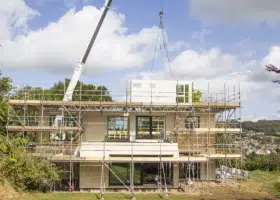
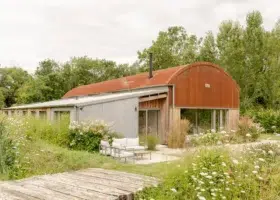
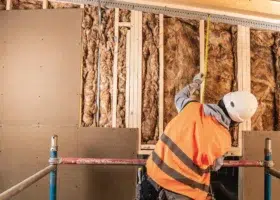
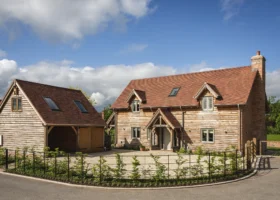


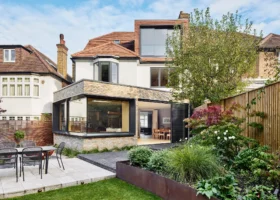
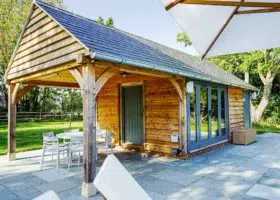
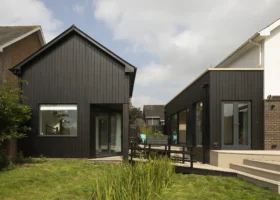
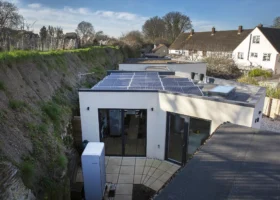
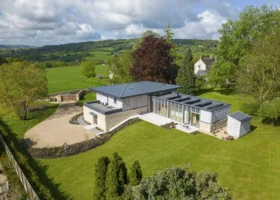

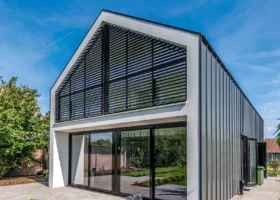
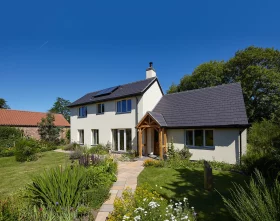
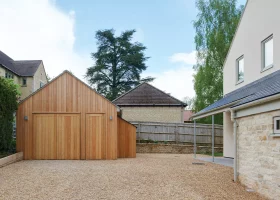
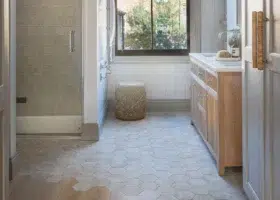

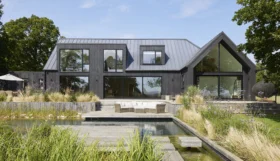
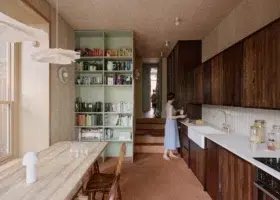
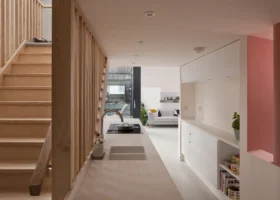
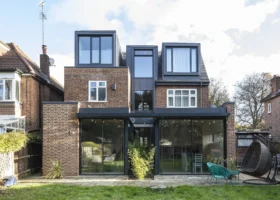
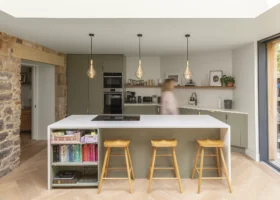
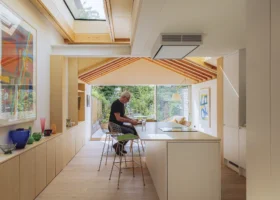
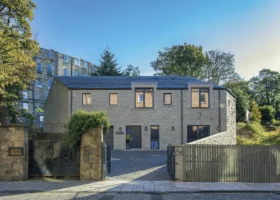
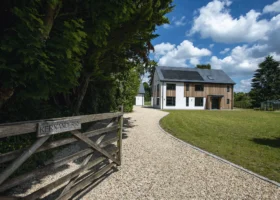
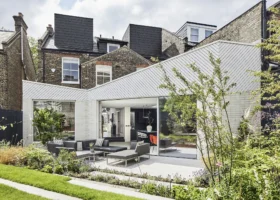
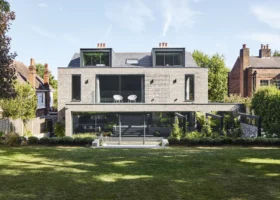
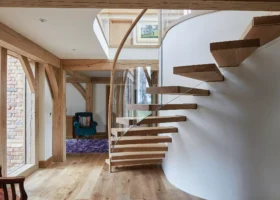



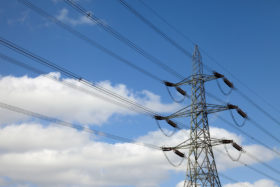
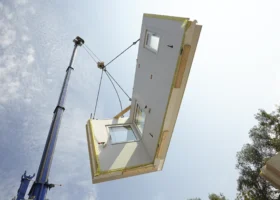
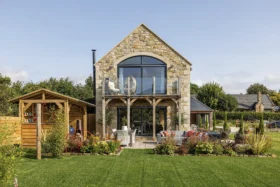

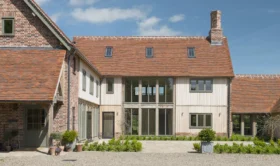

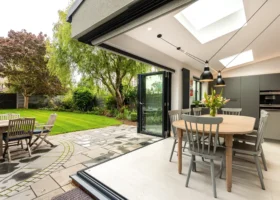
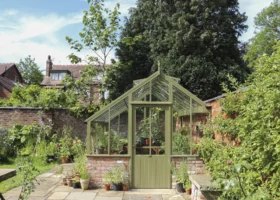
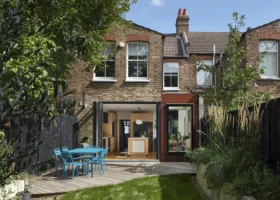
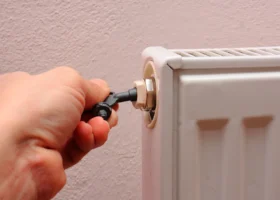
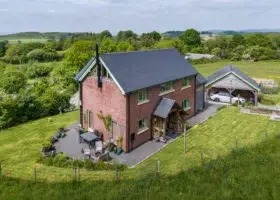
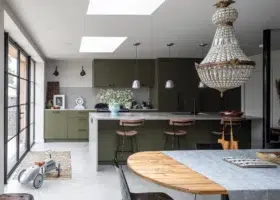
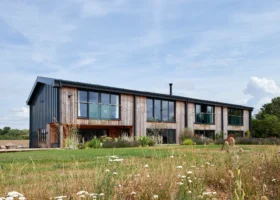
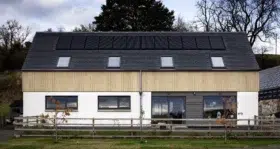
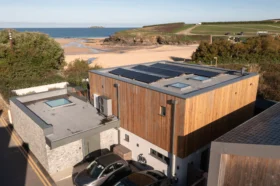
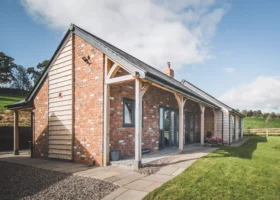
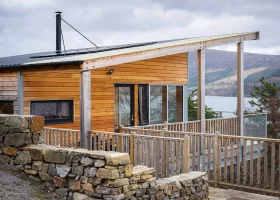
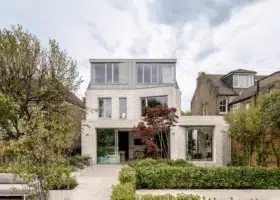


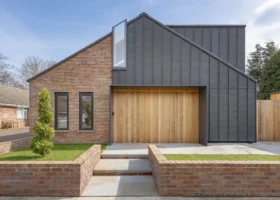
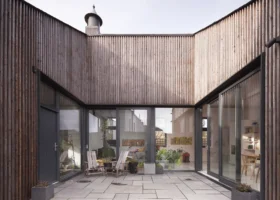
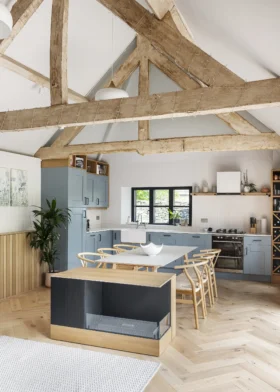
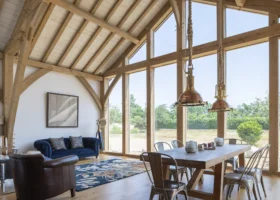
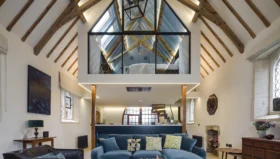
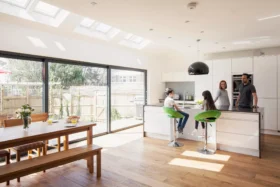
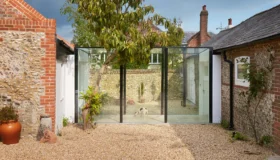
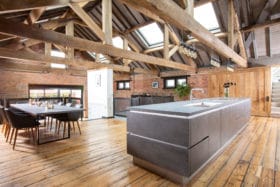
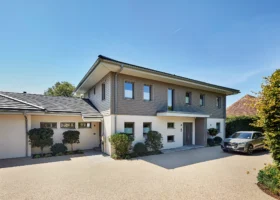
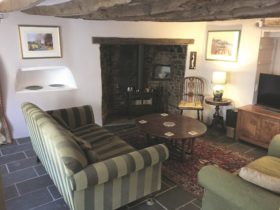
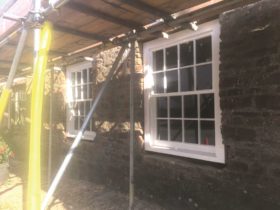


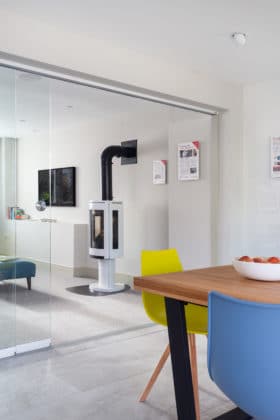

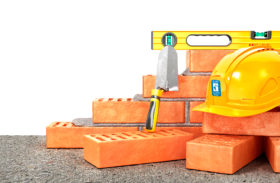
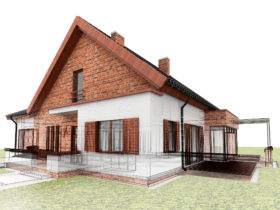




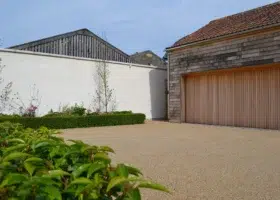




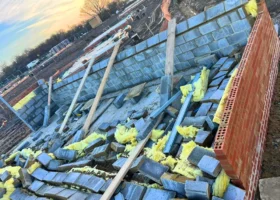


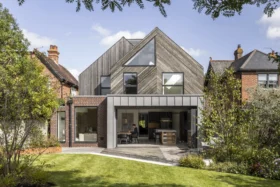

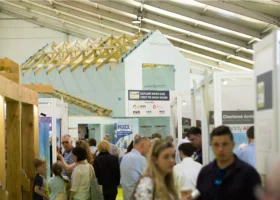



 Login/register to save Article for later
Login/register to save Article for later

